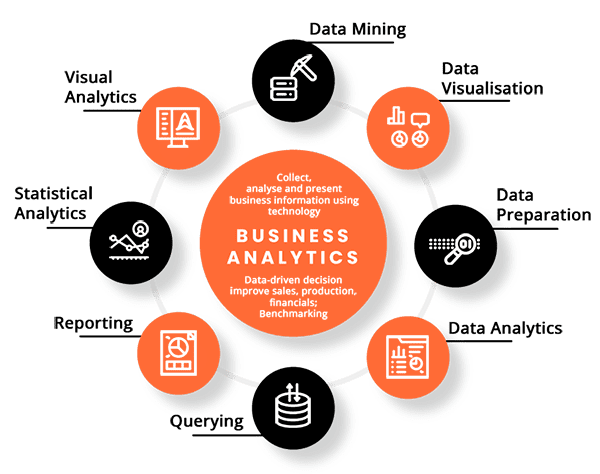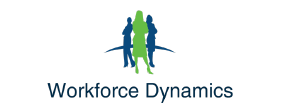Kaantha’s ₹20 Cr Milestone: A Lesson in Market Analytics
6 min read
BENGALURU, INDIA – In a striking demonstration of strategic foresight meeting market demand, Dulquer Salmaan’s period drama, ‘Kaantha,’ has achieved a significant box office milestone, surging past the ₹20 crore net mark in its inaugural week. This impressive performance is not merely a testament to star power or engaging storytelling; it serves as a compelling case study for the profound impact of a data-driven market strategy in today’s dynamic entertainment landscape and, by extension, across all industries, including global talent mobility.
Background: Kaantha’s Ascent and the Power of Predictive Analytics
‘Kaantha’ concluded its first week with an estimated India net collection of ₹20.65 crore, a figure that includes a robust ₹1.40 crore on its seventh day alone. The film, an ensemble thriller featuring a stellar cast including Bhagyashri Borse, Rana Daggubati, Samuthirakani, and Bijesh Nagesh, has captivated audiences and analysts alike with its consistent performance. What truly sets ‘Kaantha’ apart, beyond its critical acclaim for capturing the essence of 1950s filmmaking, is the underlying intelligence of its market penetration.
The consistent hold on collections, particularly on a weekday like Thursday, signals more than just initial hype. It reflects a finely tuned understanding of audience segments and distribution channels. In an era where content saturation is a constant challenge, the ability to predict audience reception, optimize release schedules, and tailor promotional efforts based on granular data has become indispensable. ‘Kaantha’s success story underscores a shift from intuitive decision-making to a reliance on empirical evidence, transforming how businesses approach market engagement.
Key Developments: Strategic Market Segmentation in Action
The box office report for ‘Kaantha’ highlighted solid Tamil occupancy and steady performance in Telugu regions. On November 20, 2025, the film recorded an overall 13.31% Tamil occupancy, with morning shows beginning at 12.36%, rising to 14.82% in the afternoon, and settling around 12-13% for evening and night shows. In Telugu-speaking regions, occupancy registered at 9.66% on its seventh day, maintaining steady figures from morning (9.36%) to night (9.81%).
These figures are not just numbers; they represent the precise targeting achieved through a sophisticated data-driven market strategy. Understanding regional nuances, language preferences, and even daily viewing patterns allows filmmakers and distributors to:
- Optimize Distribution: Allocating screens and showtimes in specific regions based on projected demand.
- Tailor Marketing Campaigns: Crafting promotional content that resonates with the cultural and linguistic sensibilities of Tamil and Telugu audiences.
- Forecast Revenue: Providing more accurate predictions for financial returns, enabling better investment decisions.
- Identify Growth Markets: Pinpointing regions with untapped potential or emerging fan bases for specific genres or stars.
“The days of broad-brush marketing are over,” explains industry analyst Dr. Priya Sharma. “Successful ventures like ‘Kaantha’ demonstrate a deep dive into audience analytics – understanding not just who watches, but when, where, and why. This level of insight allows for highly efficient resource allocation and maximizes impact.”
Impact Analysis: Broader Lessons for Global Talent Mobility
While ‘Kaantha’ provides a glamorous example from the entertainment world, the principles of a data-driven market strategy are universally applicable. For international students and skilled professionals aspiring to study or work abroad, these trends hold profound implications. Navigating global opportunities effectively now demands a similar analytical approach to personal and career planning.
Just as ‘Kaantha’ analyzed regional audience data, prospective international students and professionals must dissect global job markets, educational landscapes, and immigration trends. Understanding which industries are booming in which countries, what skills are in high demand, and where policies are supportive of international talent is critical for making informed decisions. This proactive research mitigates risks and significantly increases the chances of success in an increasingly competitive global environment.
Consider the following parallels for individuals planning their international journey:
- Identifying “High Occupancy” Sectors: Instead of Tamil or Telugu regions, think of burgeoning tech hubs in Canada, healthcare opportunities in the UK, or research roles in Germany. Data on job vacancies, salary trends, and skill shortages can guide educational and career choices.
- Strategic Course Selection: Just as a film targets a specific demographic with tailored content, students should choose courses that align with identified market demands abroad, ensuring their qualifications are “in-demand.”
- Geographic Targeting: Understanding which cities or regions within a country offer the best post-study work opportunities or immigrant pathways, much like ‘Kaantha’ assessing its performance across different Indian states.
- Anticipating Policy Trends: Immigration policies, like box office trends, are dynamic. Staying informed on regulatory changes can inform the timing and nature of applications, similar to how production houses adapt to evolving audience tastes.
“In the past, decisions about studying or working abroad might have been driven by general reputation or personal preference,” says Maya Singh, a career strategist specializing in international education. “Today, with vast amounts of data available, it’s about making a calculated investment in one’s future. It’s about finding your ‘market fit’ on a global scale.”
Expert Insights & Tips: Leveraging Data for Your International Journey
For individuals, particularly international students, adopting a data-driven market strategy is no longer an advantage but a necessity. Here’s how you can apply these principles to your own aspirations:
- Research In-Demand Skills and Industries: Utilize labor market reports, government immigration websites, and industry analyses to identify sectors experiencing growth and skill shortages in your target countries. Look for roles with high projected growth and good prospects for permanent residency.
- Analyze Educational Program Outcomes: Beyond academic prestige, investigate the post-graduation employment rates and average salaries for specific programs and institutions. Look for data on where alumni are working and what visa pathways they utilized.
- Understand Regional Economic Growth: Some cities or provinces may offer more opportunities or be more welcoming to new immigrants than others. Research local economies, job markets, and community support systems to find your ideal fit.
- Monitor Immigration Policy Updates: Visa requirements, eligibility criteria, and quota systems are constantly evolving. Regularly consult official government websites and reputable immigration news sources to stay abreast of changes that could impact your plans.
- Network Strategically: Data isn’t just numbers; it’s also insights from people. Connect with professionals in your desired field and region on platforms like LinkedIn to gain qualitative data and insider perspectives.
- Develop a Personal “Market Value” Proposition: Like a film’s unique selling proposition, identify your unique skills, experiences, and qualifications. How do these align with the documented needs of your target market?
The digital age has democratized access to information. Tools and resources abound, from government statistics bureaus and labor market observatories to specialized recruitment platforms and educational consultants. The key is to approach this information systematically, identifying patterns and making decisions based on evidence rather than anecdote.
Looking Ahead: The Future is Data-Informed
The success of ‘Kaantha’ is a harbinger of a future where every business decision, every strategic move, and every personal aspiration will be increasingly informed by data. For the entertainment industry, this means more personalized content, hyper-targeted marketing, and optimized revenue streams. For the global talent ecosystem, it signifies a more efficient matching of skills to demand, leading to better outcomes for both individuals and host countries.
International students and professionals who embrace this data-first mindset will be better equipped to navigate the complexities of global education and career pathways. They will be able to make choices that are not only aligned with their passions but also strategically positioned for success in a competitive international arena. The ability to collect, interpret, and act upon data will become as crucial a skill as any academic qualification or professional experience.
The journey to international education or a global career is multifaceted, requiring careful planning and access to accurate, timely information. Just as ‘Kaantha’ achieved its ₹20 crore milestone through astute market understanding, your international aspirations can reach new heights with a strategic, data-driven approach.
Reach out to us for personalized consultation based on your specific requirements.



